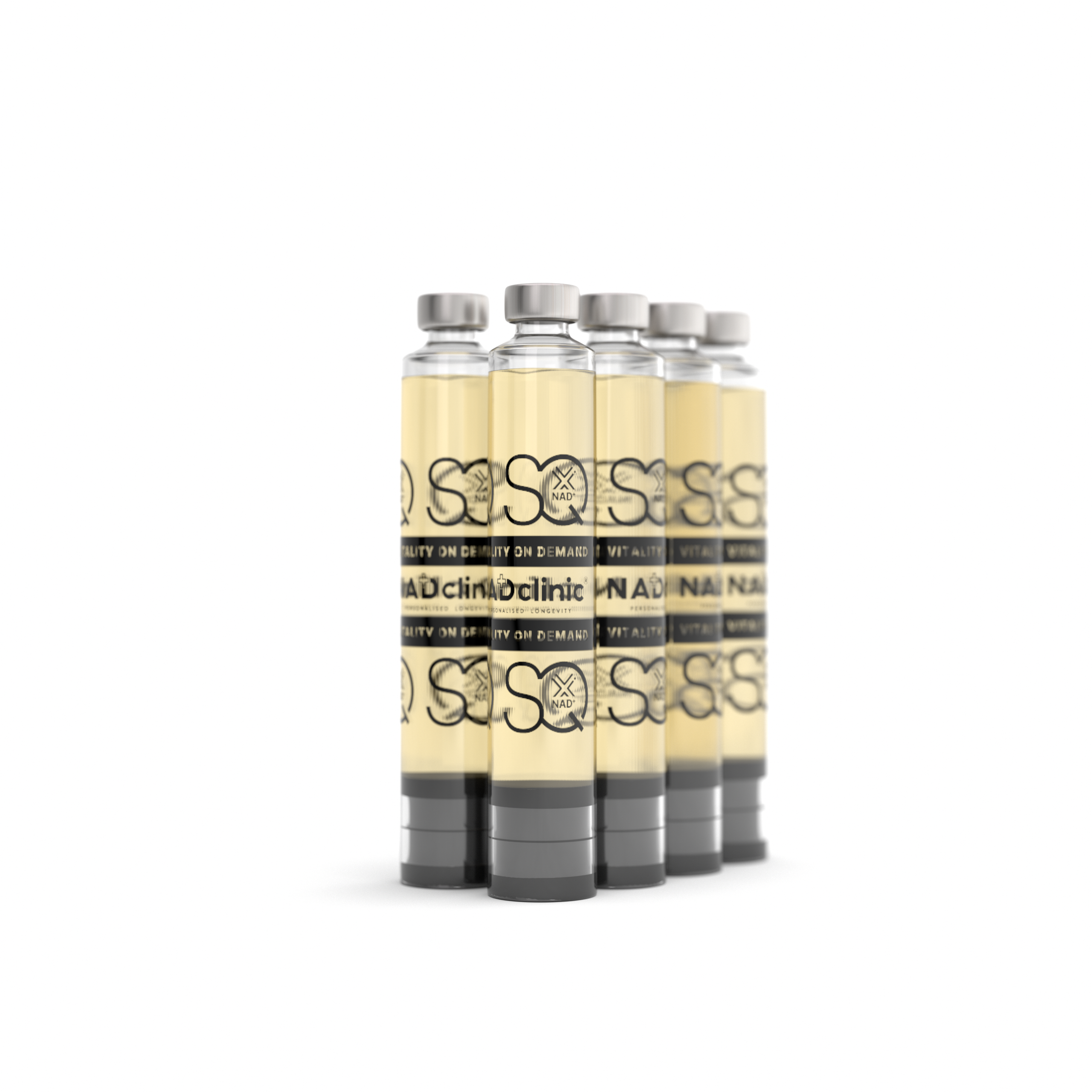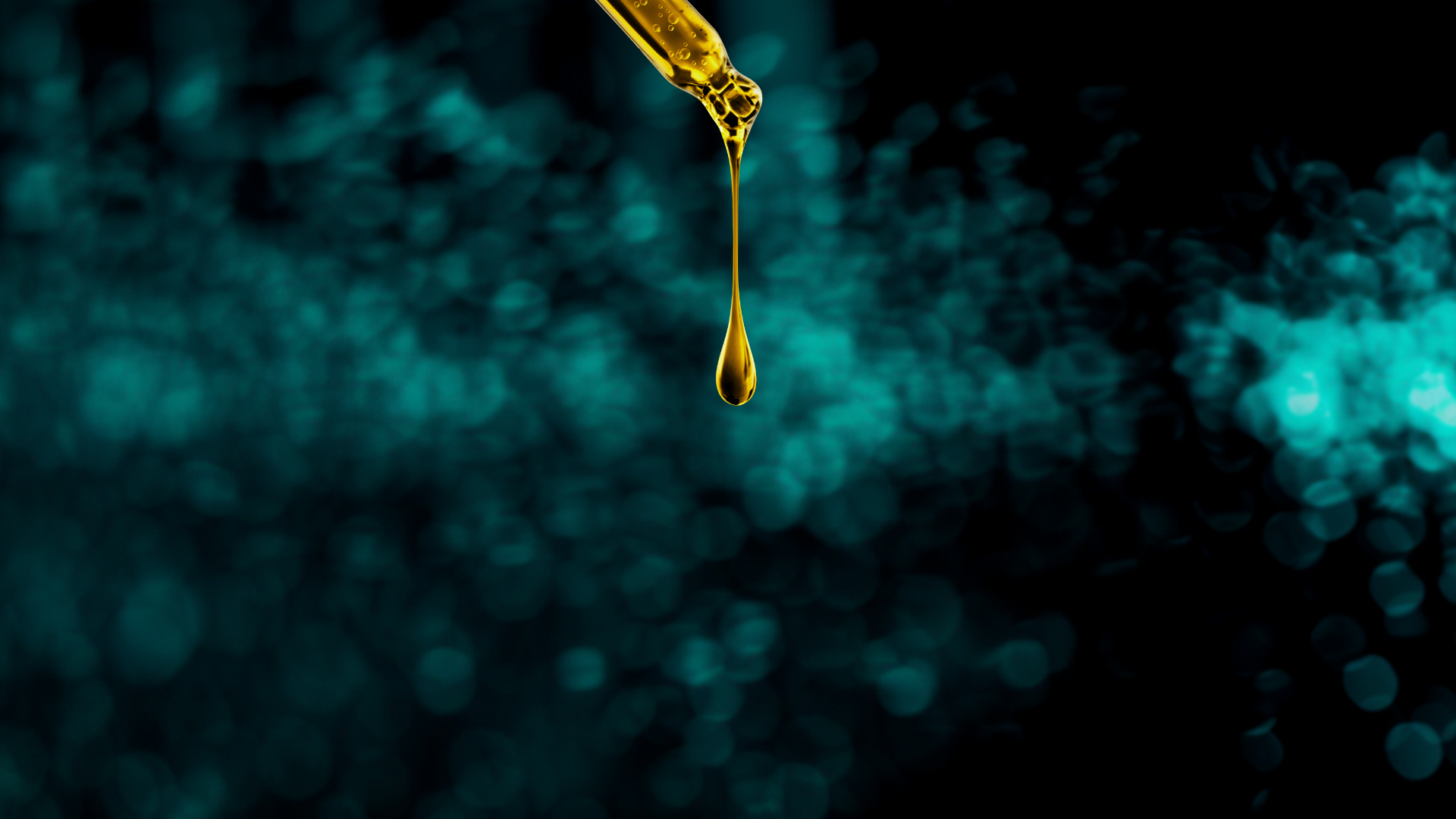
Degradación vs. cambio de color
La verdadera degradación del NAD+ (la forma oxidada) implica una descomposición química que suele desencadenarse por la exposición prolongada al calor, la luz o la humedad. Sin embargo, un ligero tono amarillento en una formulación no indica necesariamente degradación.
Este cambio de color puede deberse a una oxidación menor, como la formación de trazas de NADH, que absorbe la luz a 340 nm, así como a la presencia de excipientes, estabilizantes u otros componentes inocuos de la formulación. Además, la variación natural de las materias primas de diferentes fuentes de fabricación puede influir en la apariencia. Cabe destacar que la degradación no puede confirmarse únicamente mediante inspección visual, sino que debe verificarse mediante métodos analíticos como HPLC, espectrofotometría UV-Vis o espectrometría de masas.
Un tono amarillento en el NAD+ no indica impureza ni calidad reducida. Muchos proveedores que cumplen con las normas GMP producen NAD⁺ con una pureza igual o superior al 98 %, verificada por HPLC, con estabilidad demostrada en condiciones de almacenamiento de ICH y bioactividad confirmada.
Normas regulatorias como las de la Farmacopea de los Estados Unidos (USP) permiten ciertas variaciones de color, siempre que los resultados de los ensayos confirmen la identidad y potencia del compuesto. Como se destaca en fuentes como Ying (2008), las especificaciones de Sigma-Aldrich y la monografía USP-NF, la apariencia visual por sí sola no es un indicador fiable de degradación.
Solo los ensayos de laboratorio validados pueden determinar con precisión la integridad del NAD+. Confiar únicamente en la inspección visual conlleva el riesgo de interpretaciones erróneas y rechazos innecesarios del producto. En definitiva, el color visual es una propiedad cosmética: la verdadera pureza y potencia se basan en los datos.
La fórmula de NAD+ de NADclinic se desarrolla según estándares farmacéuticos y se produce en instalaciones con certificación GMP. Cada lote de producción se somete a pruebas independientes de pureza, esterilidad y estabilidad en laboratorios acreditados por el NHS/UKAS, lo que garantiza que cumple con los más altos estándares de uso clínico. Al combinar una dosificación precisa con una estabilización patentada y un manejo completo de la cadena de frío, NADclinic garantiza la integridad molecular y el rendimiento durante toda su vida útil. El resultado es una fórmula que no solo es farmacéuticamente robusta, sino que también cuenta con la confianza de profesionales clínicos de todo el mundo.
As seen in












